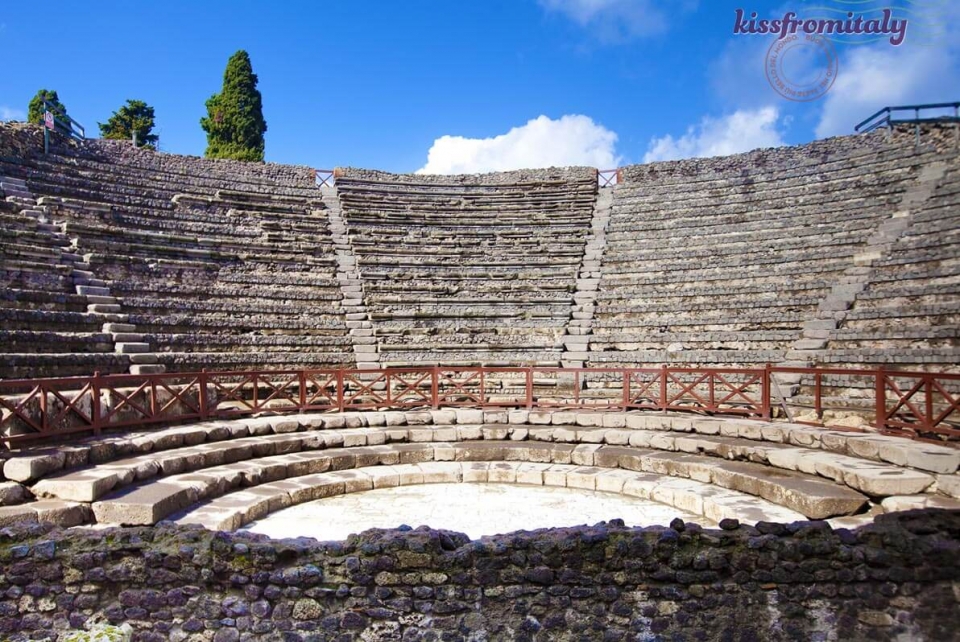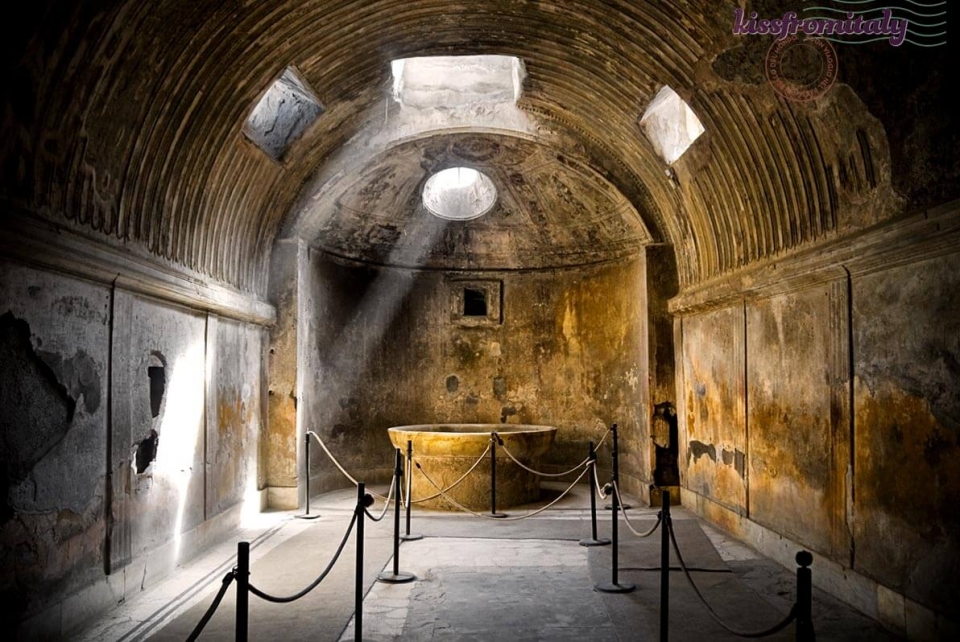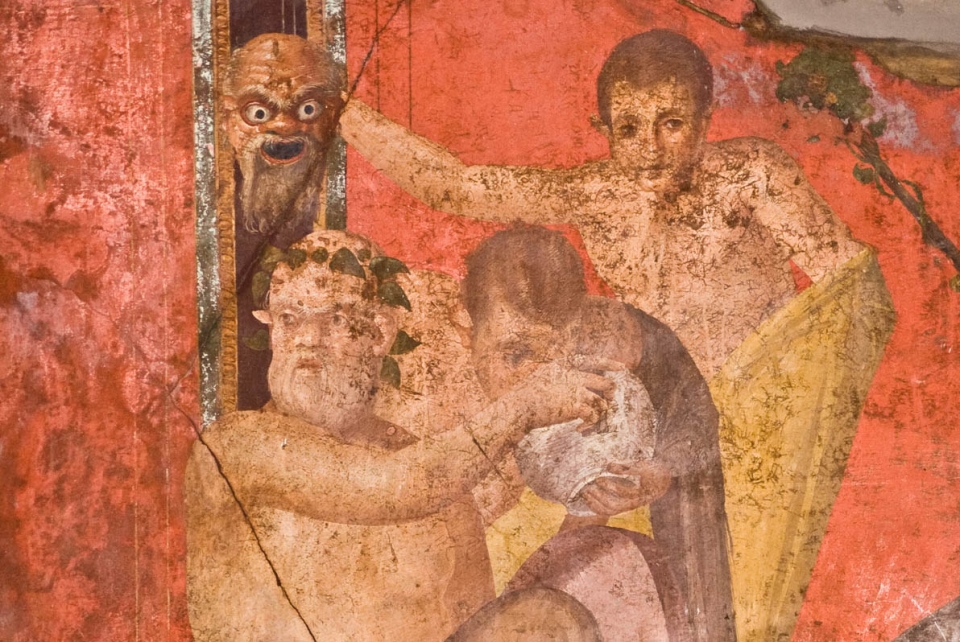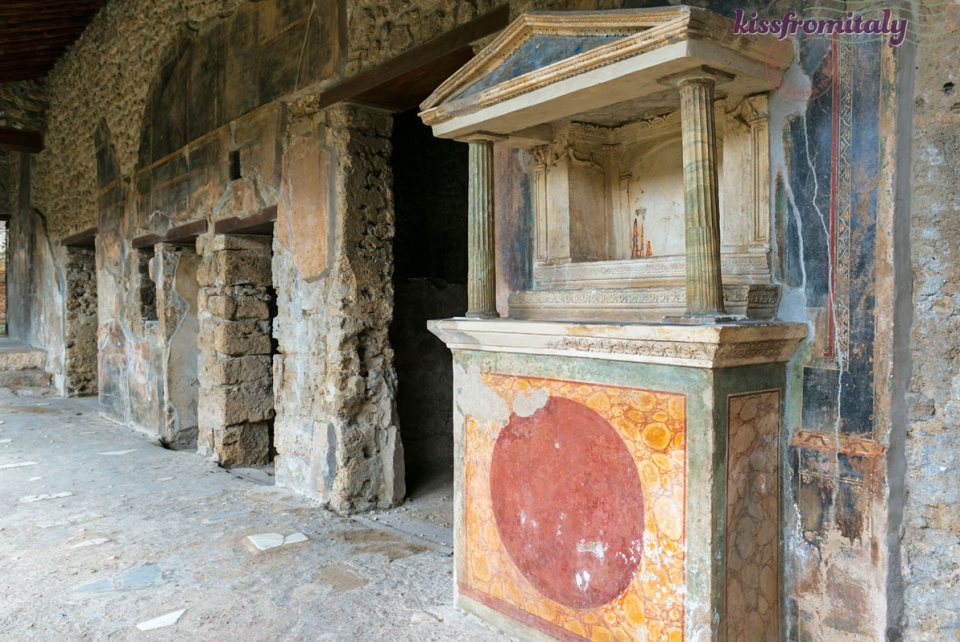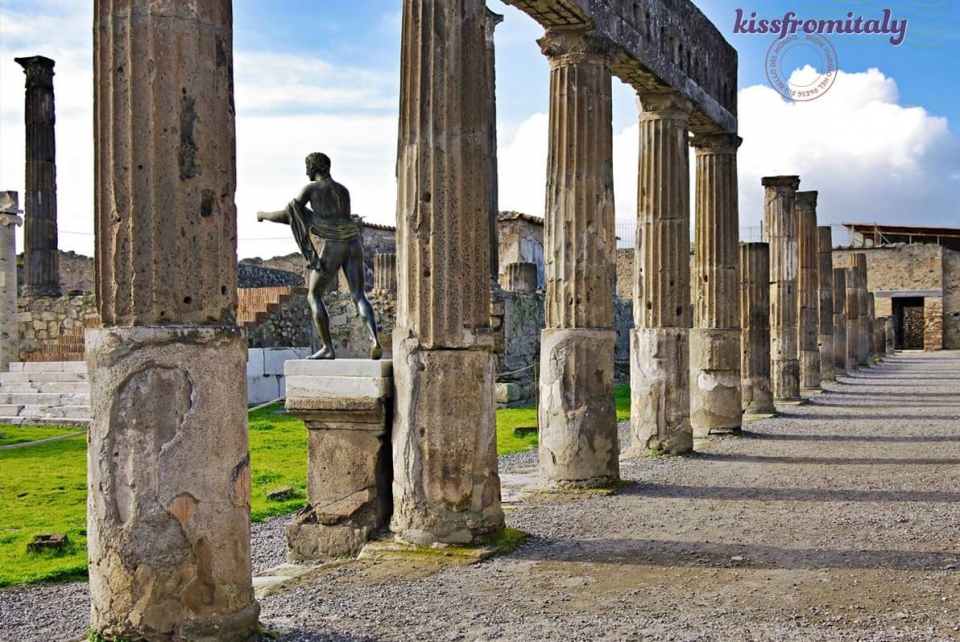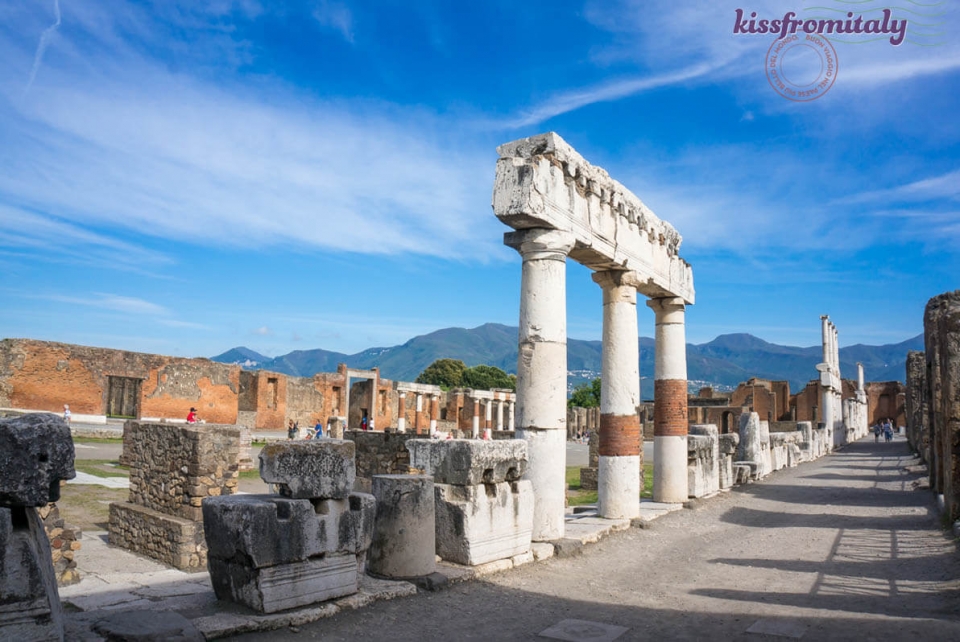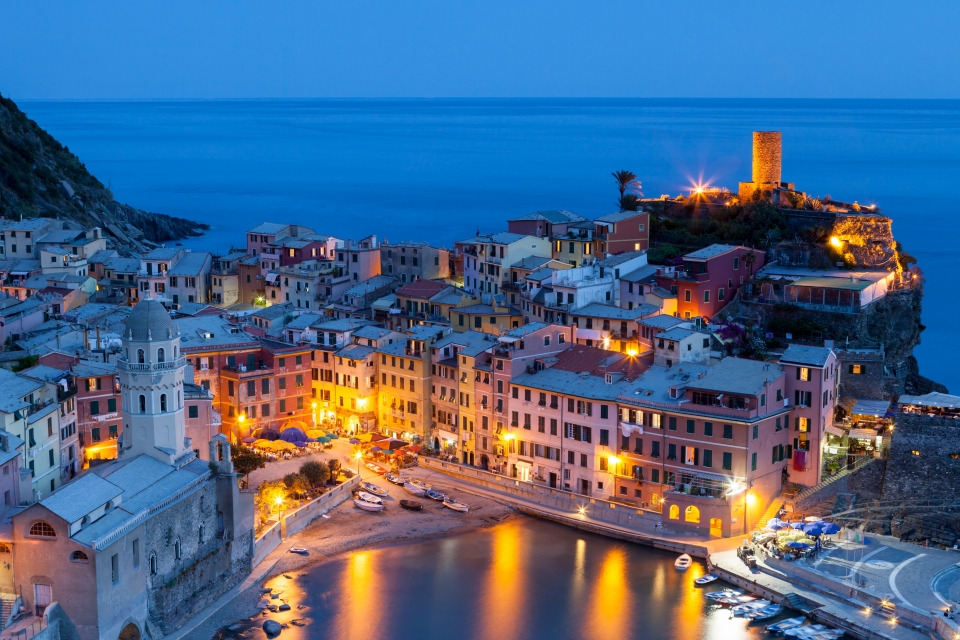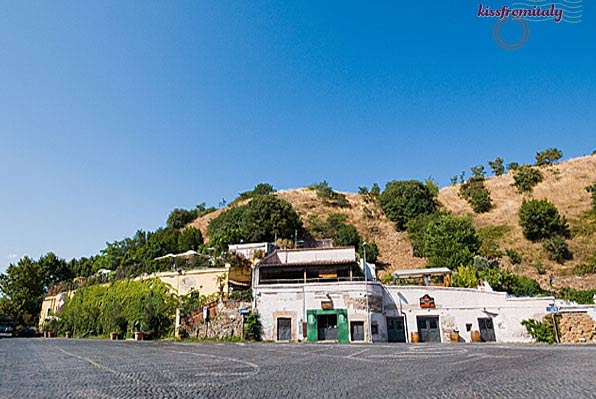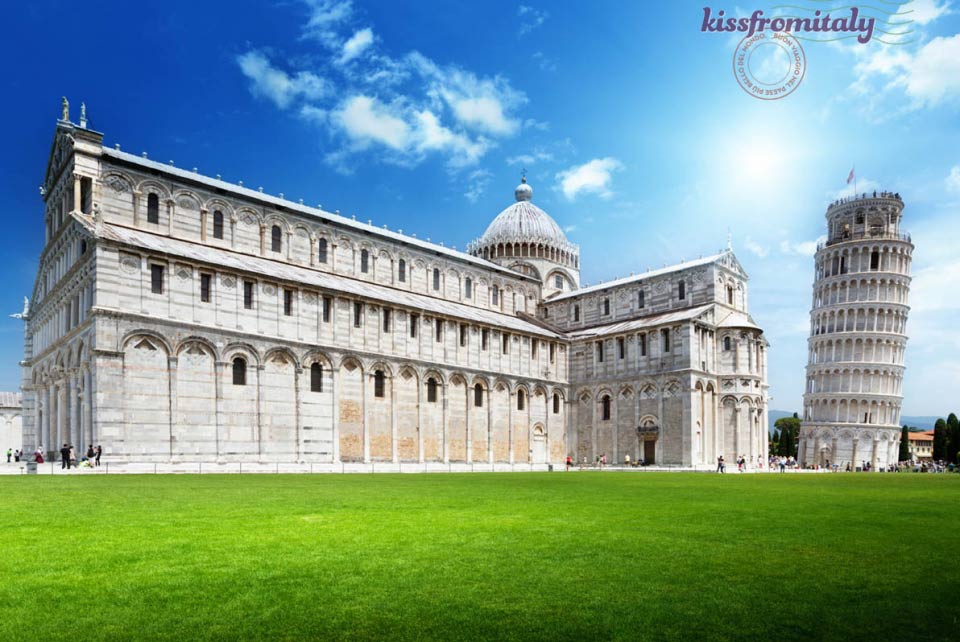
Everything you need to know about Pompeii: How to Get There, What to see and how to Make the Most of Your Visit
The Ruins of Pompeii are an essential stop on any trip to Southern Italy, and with good reason. A few hours spent exploring the archaeological site of this ancient Roman city will leave you with an unforgettable glimpse into the distant past. The swift and sudden destruction of Pompeii turned it into a time capsule of ancient Roman life, providing unparalleled insights into the daily routines, culture, and architecture of that era.
Where are the Ruins of Pompeii
The ruins of the ancient Roman city of Pompeii are near Naples (Campania region) in the southern part of Italy. Situated within a vast archaeological park located in the small town of Pompeii, it is part of the metropolitan area of Naples. Given the site’s proximity to Naples and its easy accessibility, it attracts millions of visitors each year.

History of Pompeii
Two thousand years ago, on what initially seemed an ordinary late August afternoon, the bustling city of Pompeii was abruptly transformed forever. Nestled in the shadow of Mount Vesuvius, the people of Pompeii lived their daily lives, largely dismissing the minor tremors felt in the days leading up to August 24th, 79 AD. This complacency ended with a cataclysmic eruption, as Vesuvius expelled successive columns of ash, pumice, and lava into the atmosphere. Within hours, the city was enveloped under a suffocating blanket of volcanic ash and debris.
This tragic event preserved Pompeii in remarkable detail, immortalizing its streets, buildings, and artifacts under layers of volcanic material for nearly two millennia. Unearthed in the 1700s, the site offers a direct portal into ancient Roman life. The eruption's aftermath provided a vivid tableau of Roman social, cultural, and economic conditions, sparking insights that continue to captivate archaeologists, historians, and visitors alike.
How to Get to Pompeii
From Naples - The archaeological site of Pompeii can be reached in about 30-45 minutes from the center of Naples, which is about a two and a half-hour drive south of Rome.
By Car: Pompei is about a 40-minute drive from central Naples. Take the A3 Napoli Salerno highway going south and exit at Pompeii Scavi.
By Train: From Napoli Centrale or Sorrento train stations, take the Napoli-Sorrento Circumvesuviana line. Trains run every half hour, and after about a 30-minute ride, disembark at "Pompeii Scavi."
By Bus: SAITA Sud provides accessible options.
From Rome -
From the Amalfi Coast -
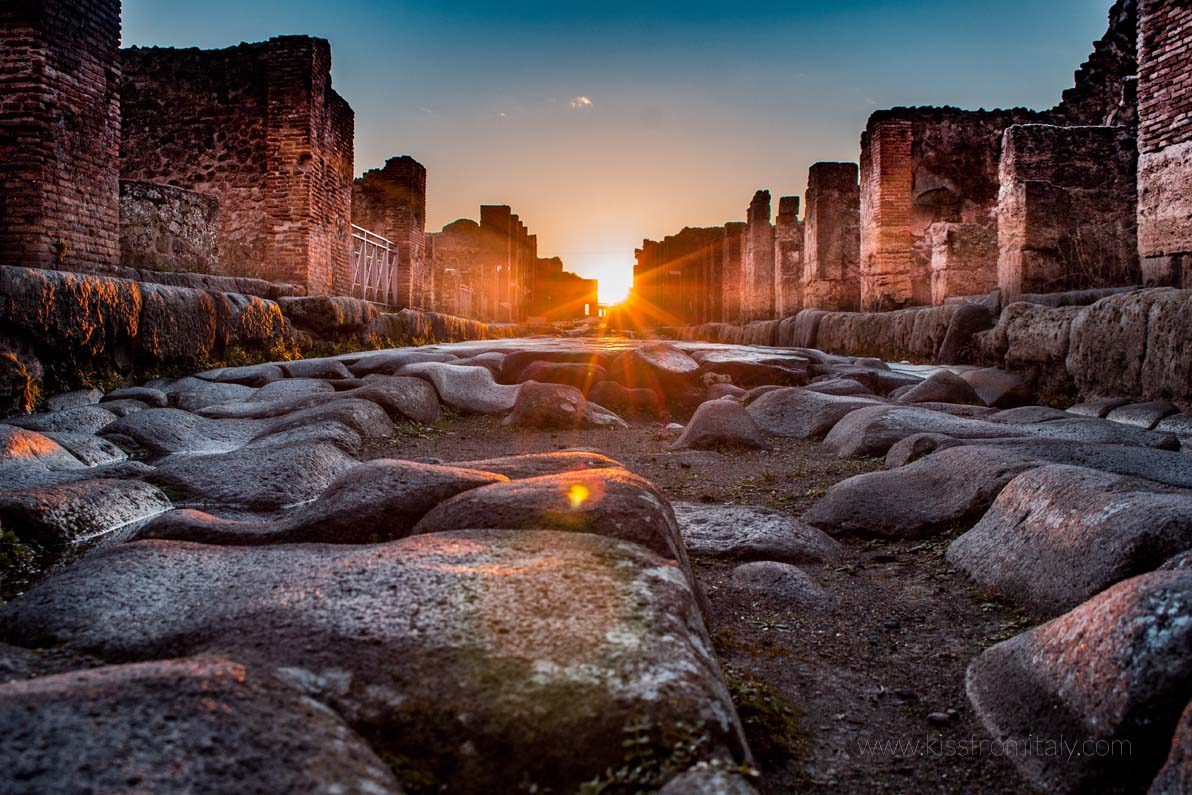
Tickets and Opening Hours
Tickets to Pompeii are €15 each for adults and free for those under 18. They include a map and a pocket guide, with an optional €6.50 audio guide. Entry is free on the first Sunday of each month. The site is open every day except January 1st, May 1st, and December 25th.
- 1 November - 31 March: 9:00 am - 5:00 pm (last entrance at 3:30 pm)
- 1 April - 31 October: 9:00 am - 7:30 pm (last entrance at 6:00 pm)
Guided Tours of Pompeii
Pompeii's archaeological site is vast and complex, encompassing the ruins of an entire town. To navigate efficiently and enrich your visit with a deeper understanding of the art, history, and architecture, consider booking a guided tour.
Gallery
What to See in Pompeii
Thermal Baths
Pompeii hosts three thermal baths: the Stabian Baths, Central Baths, and Forum Baths. The Forum Baths, smallest yet elegant, were built in 80 BC and include a dressing room and rooms of varying temperatures.
Bakeries and Thermopolia
As you explore Pompeii, notice the remnants of ancient bakeries and thermopolia (ancient snack bars), which provide fascinating glimpses into daily life and culinary habits. The presence of advanced baking facilities, complete with mills and ovens, showcases the city's role as a bustling urban center.
Plaster Casts of Victims
Near the Forum, glass cases exhibit plaster casts of some of Mt. Vesuvius' victims. Archaeologists used liquid plaster to preserve the final poses of Pompeii's last citizens, capturing a poignant snapshot of history that's unforgettable.
Amphitheater
Pompeii's amphitheater, begun in 80 BC, is the oldest known stone Roman amphitheater, predating Rome’s Colosseum. It hosted events like circus shows and gladiator games, serving as a model for future amphitheaters.
Forum
The heart of Pompeii's community, the Forum was essential for religious, social, and economic activities. It was surrounded by temples, the Basilica, and markets.
Lupanare Brothel
Pompeii was a bustling port town, home to many brothels. The Lupanare, or "wolves’ den," is the largest and most richly decorated, likely reserved for wealthier patrons. Its famous wall paintings, depicting various sexual positions, are some of the few remaining examples of erotic art from the site. Many were either removed for private collections or hidden away for decency, now displayed at the Archaeological Museum of Naples.
House of the Faun
One of the largest and most ostentatious private residences in Pompeii, the House of the Faun occupies an entire city block. Renowned for its exquisite mosaics, including the famous "Alexander Mosaic" depicting the Battle of Issus, this grand villa provides insight into the opulence of Pompeian elite life.
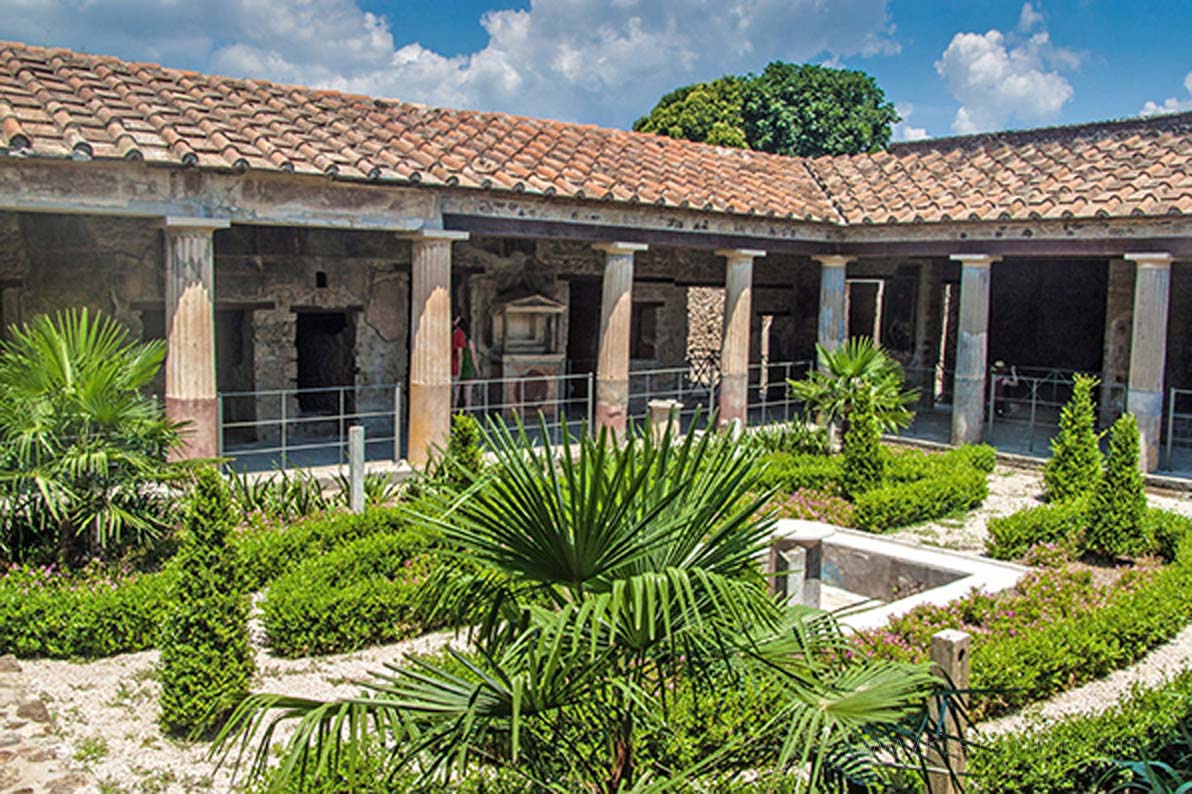
Temple of Isis
Among the best-preserved buildings is the Temple of Isis. Restored after the earthquake of 62 AD, it was dedicated to the Egyptian goddess and frequented by women, freedmen, and slaves.
Villa of the Mysteries
Located on the outskirts of Pompeii, the Villa of the Mysteries is celebrated for its well-preserved frescoes, which vividly depict the initiation rites of the Dionysian Mysteries. These elaborate wall paintings offer valuable insights into ancient religious practices and artistic achievements.
Garden of the Fugitives
This poignant site within the ruins displays casts of 13 victims found huddled together in a vineyard, attempting to flee the erupting volcano. The Garden of the Fugitives serves as a somber reminder of the human tragedy that befell this vibrant city.
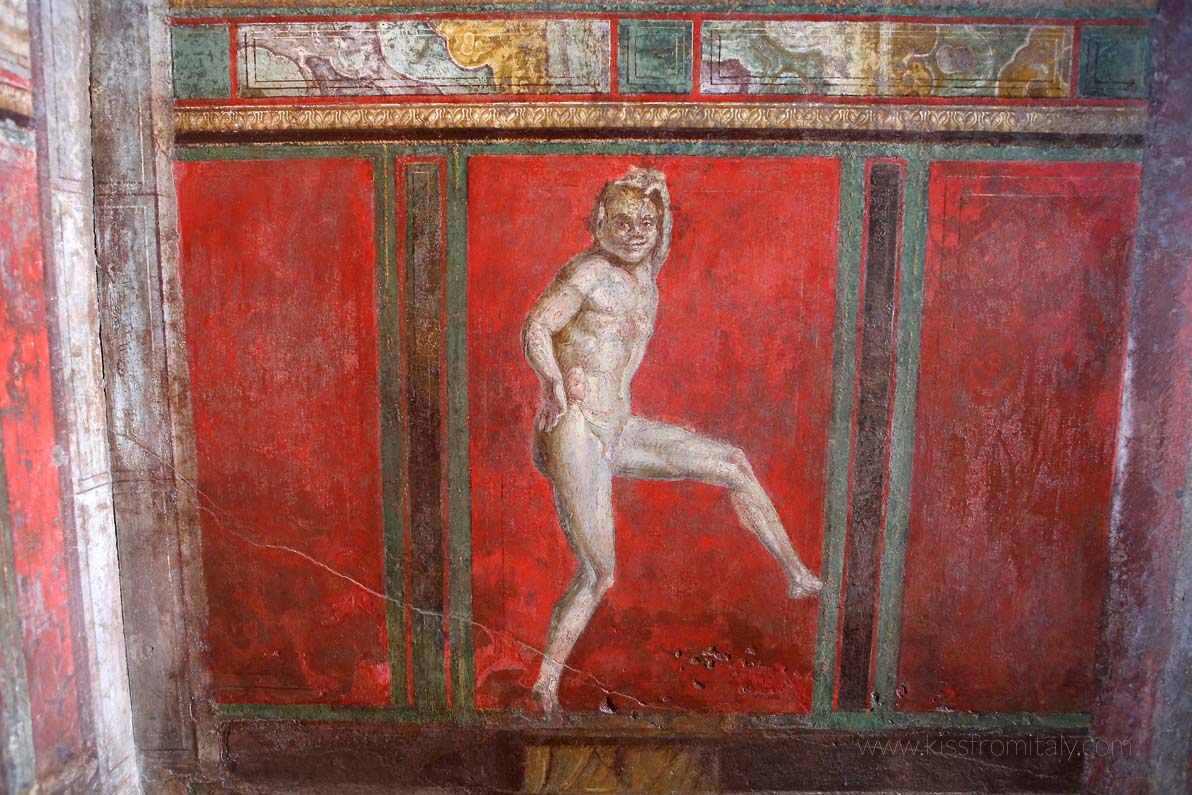
How to Visit the Archaeological Site
When planning your visit, consider starting at Porta Marina for access to several amenities, including a bookshop, information point, and audioguide rentals. Both the Porta Marina and Piazza Anfiteatro entrances offer free luggage drop-off, allowing for a more comfortable exploration of the ruins.
Insider Tips
Consider visiting during shoulder seasons (fall or spring) to avoid summer crowds and enjoy milder weather.
Wear comfortable shoes as the site is extensive and best explored on foot
Sunscreen, hat and water are essential, especially in the summer.
Finally, note that the ruins of Pompeii are a UNESCO World Heritage Site, making it an unmissable highlight of your trip. This journey through history is sure to be a cherished memory and an interesting story to share for years to come. For personalized advice on visiting Pompeii or inquiries about tours, feel free to contact us via call or email!


